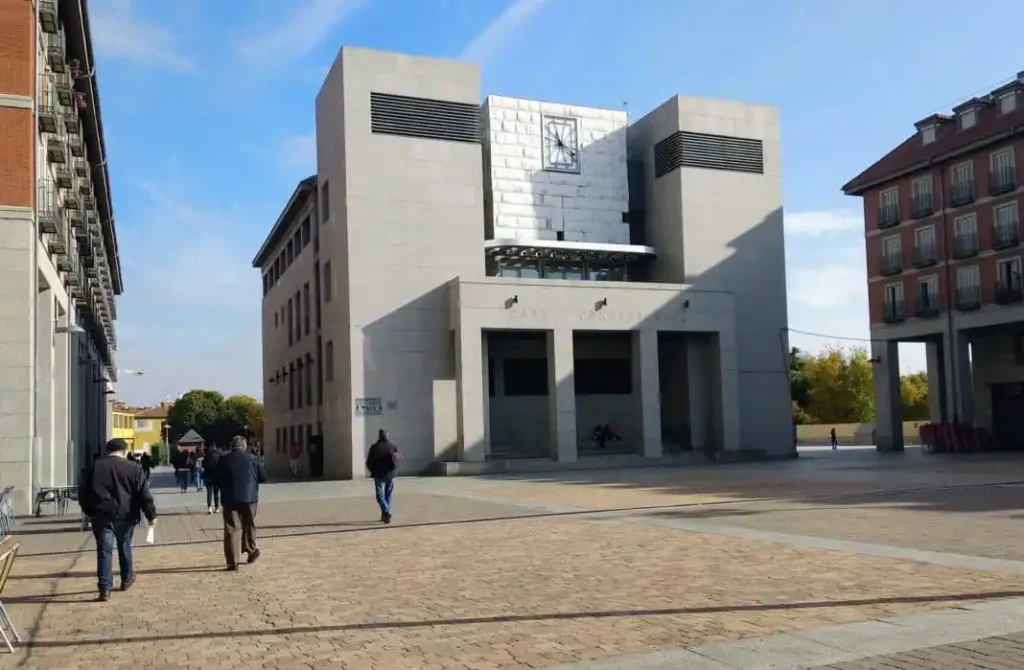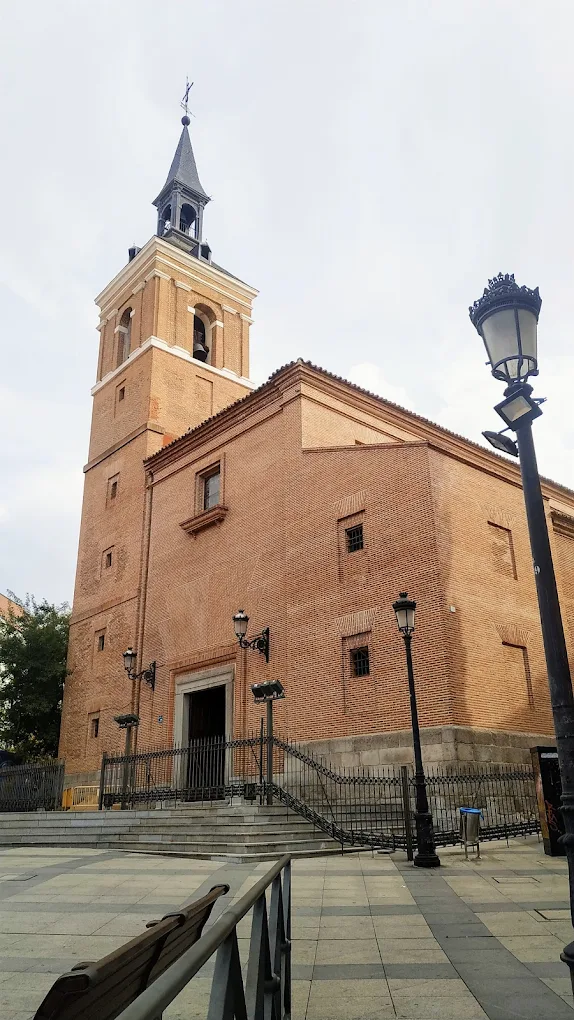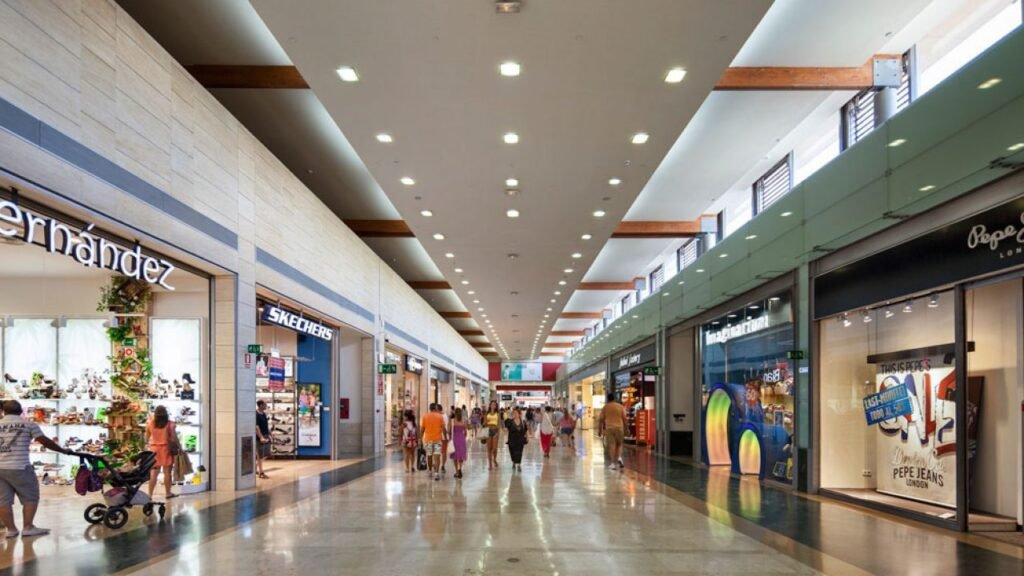


Leganes on the outskirts of Madrid If you are going to visit the capital of Spain, Madrid, it will be a very good idea to stop in the city of Leganes, located just 11 kilometers south of the city of Madrid. Leganes itself is not just a bedroom of the capital, if you are here you can spend as unforgettable moments here as in big cities full of tourists. A bit of history As the whole of Spain can boast a rich and turbulent history, including the Phoenicians, the Roman Empire, Visigoths, Moors and Christian medieval nobles, it could have been no different in Leganes.
History
Although the history of this city dates back to the 13th century, there is evidence that people lived in the same place much earlier. During the construction of the M-45 highway, a Visigoth necropolis dating back to the 6th century was discovered here. It is known that before the 13th century there were several smaller settlements in this area, people moved and settled in a place that was initially called Legemar, which over time changed its name to Leganes.
This coincides with the reign of Alfonso X the Wise and the Christian conquest of the Iberian Peninsula. Leganes was incorporated as a village in the metropolitan area of Madrid in 1345. In the 15th and 16th centuries, all of Europe was recovering from the medieval crises, and this could also be said about Leganes and the surrounding area. At that time, craft production and trade increased. In 1660, the construction of the largest monument of Leganes, the church of San Salvador, began; the temple was ready after 40 years in 1700. In the 19th century, when Europe was conquered by Napoleon’s army, Leganes was also affected.
Monuments

Undoubtedly, the greatest monument of Leganes is the church of San Salvador, it was built in the 15th century. However, not the entire temple is a medieval work, while being here, you will certainly admire the baroque altar made by Jose de Churriguera in 1701 and 1720, as well as the work of Francesco Leonardoni from 1702. Another monument is the Ermita de San Nicasio, designed by Ventura Rodriguez between 1772 and 1785.
The building was commissioned by the Marquis of Leganes to honor the Bishop of San Nicasio. The building has been restored several times, but you can still see its neoclassical architecture. You may also like the Cuartel de las Reales Guardiaws Walonas, designed by Francisco Sabatini in 1783, the headquarters of the royal guard, which until 1987 had military use, initially as the headquarters of Spanish battalions, later of the hussars of the French army, the Savoy regiment of Spanish infantry number 6 Today the building is an integral part of the University of Madrid and has been completely restored.
Culture
Leganes has many places where you can explore Spanish culture and art. One of them is the open-air theater, Egaleo, as well as other cultural centers such as Centro Civico. It is also worth mentioning that Leganes is also the city where the University of Madrid, Universidad Carlos III de Madrid, has its campus.
The engineering department is located here. The campus of the University of Leganes invites you to the Padre Soler Auditorium, where various concerts and events take place throughout the year. The campus in Leganes consists of eight buildings, Agustin de Betancourt, Sabatini, Rey Pastor, Torres Quevedo, Padre Soler, Alfredo Di Stefano, Juan Benet and Fernando Abril Martorell. If you like museums, in Leganes you will also find the Museo de Escultura al Aire Libre de Leganes, an outdoor sculpture museum located in Dehesillas Park. Pursuant to the agreement between the sculptor Lusis Arencibia and the Museo Reina Sofia, the museum donated 50 beautiful sculptures to the city, which you can still admire for free.
Westfield Parquesur Shopping Center

